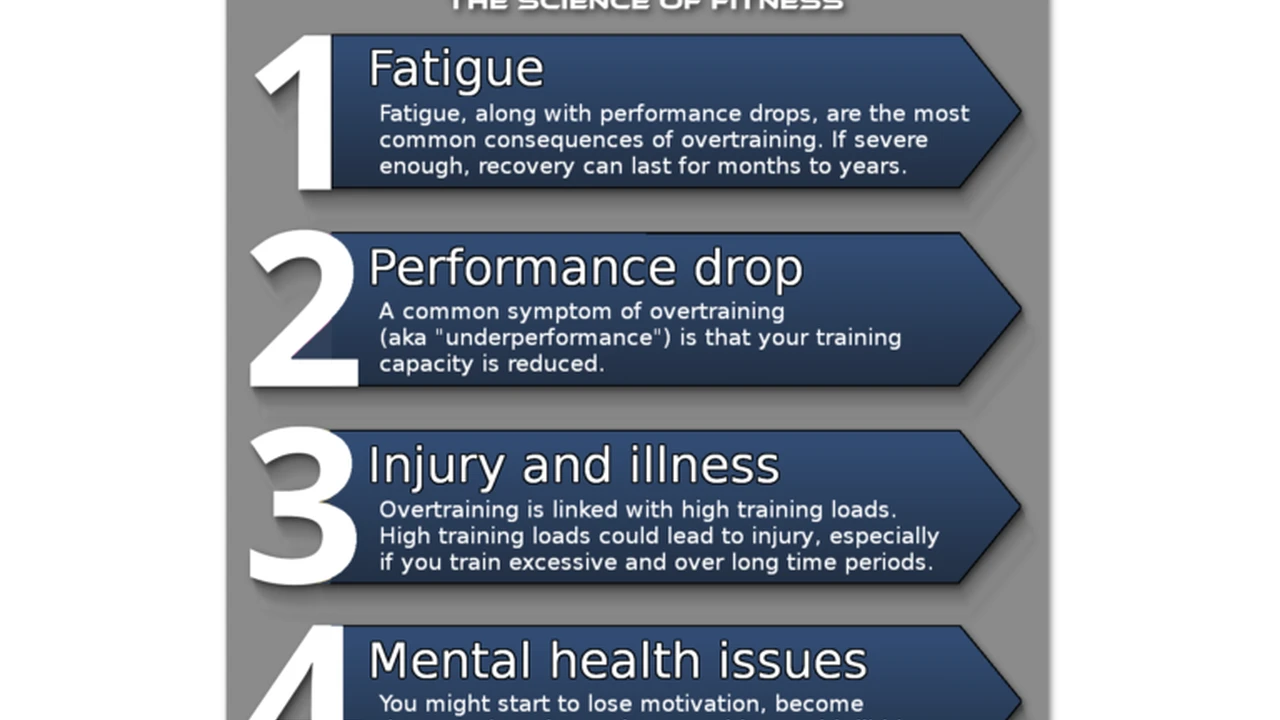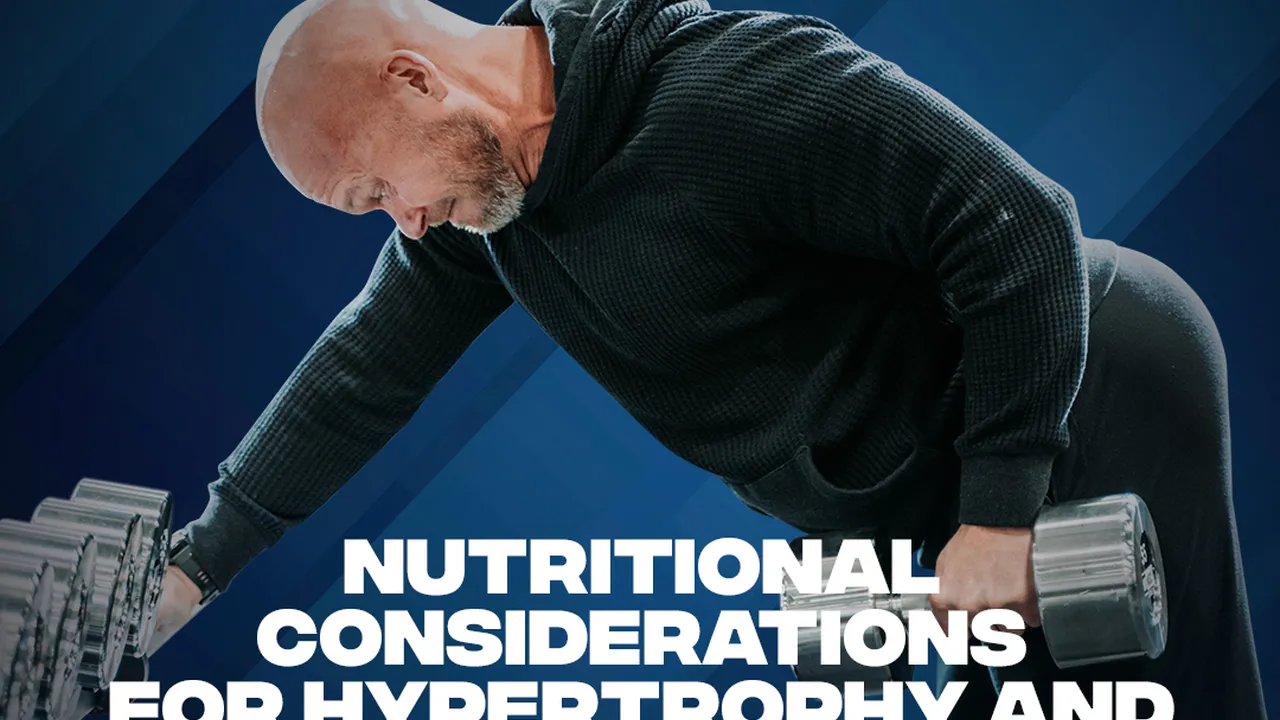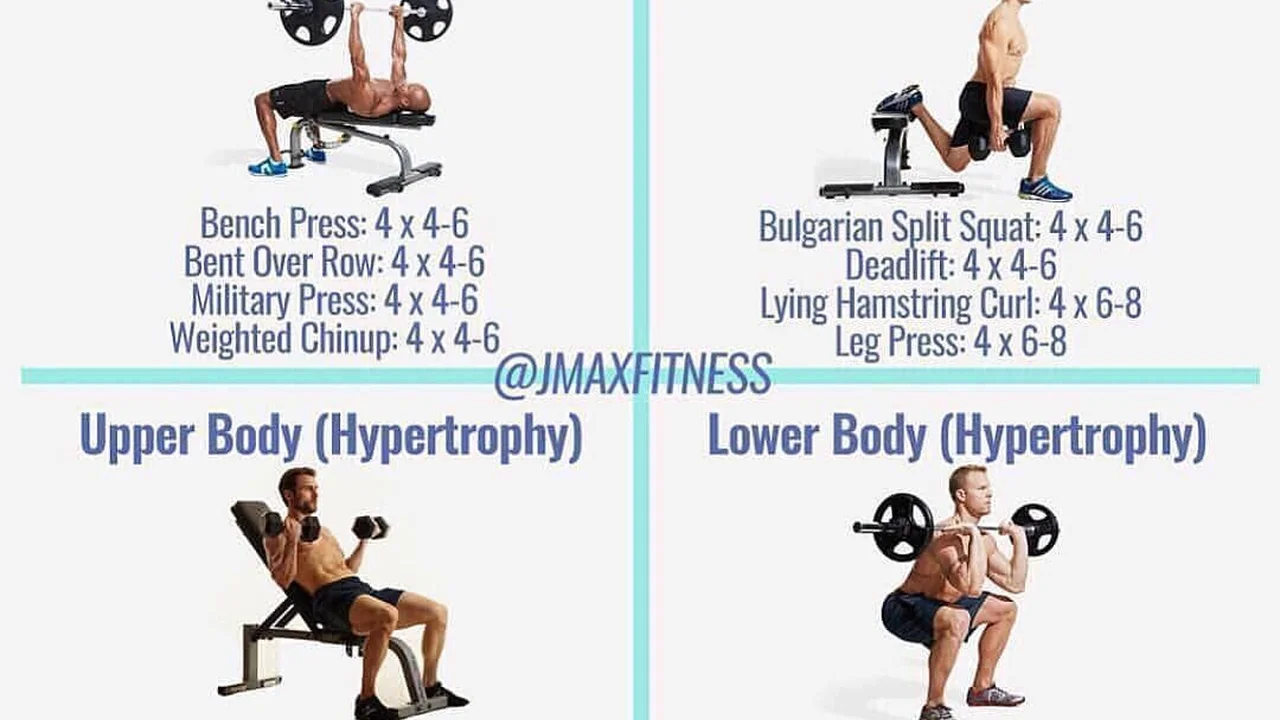Overtraining Syndrome: Prevention and Recovery
Overtraining can sneak up on even the most dedicated fitness enthusiasts. It's a state where your body's pushed beyond its capacity to recover, leading to performance plateaus, fatigue, and even injury. Understanding how to prevent overtraining and knowing the steps to take for recovery are crucial for long-term gym success. Let's dive into the strategies and tools to keep you on track.

Overtraining syndrome (OTS) is a serious issue that can derail your fitness journey. It occurs when you consistently subject your body to more stress than it can handle, leading to a breakdown in performance and overall well-being. This article will explore the symptoms of OTS, preventative measures you can take, and effective recovery strategies. We'll also delve into specific product recommendations to aid in your recovery and help you optimize your training.
Recognizing Overtraining Syndrome Symptoms and Early Warning Signs
The first step in preventing OTS is being able to recognize the warning signs. These can manifest both physically and mentally. Common physical symptoms include:
- Persistent Muscle Soreness: More than just the usual post-workout ache, this is a deep, nagging pain that doesn't seem to dissipate.
- Decreased Performance: Noticeably weaker lifts, slower running times, or an inability to complete your usual workout routine.
- Fatigue: Feeling constantly tired, even after adequate sleep.
- Sleep Disturbances: Difficulty falling asleep, staying asleep, or experiencing restless sleep.
- Increased Resting Heart Rate: A consistently elevated heart rate even when you're at rest.
- Loss of Appetite: A diminished desire to eat, even after intense workouts.
- Increased Susceptibility to Illness: Frequent colds, infections, or other illnesses.
Mental and emotional symptoms can also be indicators of OTS:
- Irritability: Feeling easily frustrated, agitated, or short-tempered.
- Loss of Motivation: A lack of enthusiasm for training and a general disinterest in the gym.
- Anxiety or Depression: Feelings of worry, sadness, or hopelessness.
- Difficulty Concentrating: Trouble focusing on tasks or remembering things.
If you're experiencing several of these symptoms, it's crucial to take a step back and reassess your training plan.
Implementing Preventative Measures for Overtraining and Injury Prevention Strategies
Prevention is always better than cure. Here are some key strategies to avoid OTS:
- Proper Programming: This is the cornerstone of preventing OTS. A well-designed program should incorporate progressive overload, but also include rest and deloading periods. Avoid drastically increasing volume or intensity too quickly. Consider working with a qualified coach to create a personalized plan.
- Adequate Rest and Recovery: Prioritize sleep! Aim for 7-9 hours of quality sleep each night. Schedule rest days into your training week and actively recover on those days (e.g., light stretching, foam rolling, walking).
- Nutrition and Hydration: Fuel your body with a balanced diet rich in protein, carbohydrates, and healthy fats. Stay adequately hydrated throughout the day, especially before, during, and after workouts.
- Stress Management: High levels of stress can exacerbate OTS. Practice stress-reducing techniques such as meditation, yoga, or spending time in nature.
- Listen to Your Body: Pay attention to your body's signals. Don't push through pain or fatigue. Take a break when you need it.
- Vary Your Training: Monotony can lead to overuse injuries and OTS. Incorporate different exercises, training styles, and intensities into your routine.
Effective Recovery Strategies for Overtraining and Muscle Recovery Techniques
If you suspect you're already experiencing OTS, it's essential to take action immediately. Here are some effective recovery strategies:
- Reduce Training Volume and Intensity: The first step is to significantly reduce the amount of training you're doing. This may involve taking complete rest days or performing very light activity.
- Prioritize Sleep: As mentioned earlier, sleep is crucial for recovery. Create a relaxing bedtime routine and aim for 7-9 hours of quality sleep.
- Optimize Nutrition: Focus on nutrient-dense foods that support recovery, such as lean protein, complex carbohydrates, and healthy fats. Ensure you're consuming enough calories to meet your body's needs.
- Active Recovery: Engage in light activities such as walking, swimming, or yoga to promote blood flow and reduce muscle stiffness.
- Massage Therapy: Massage can help to relieve muscle tension, improve circulation, and promote relaxation.
- Foam Rolling: Self-massage with a foam roller can help to release muscle knots and improve flexibility.
- Epsom Salt Baths: Soaking in a warm bath with Epsom salts can help to relax muscles and reduce inflammation.
- Consider Professional Help: If your symptoms are severe or persistent, consult a doctor or physical therapist. They can help to diagnose the underlying cause of your OTS and recommend appropriate treatment.
Supplementation for Recovery and Performance Enhancement Strategies
Certain supplements can aid in recovery and potentially mitigate some of the negative effects of overtraining. However, it's important to remember that supplements are not a magic bullet and should be used in conjunction with a healthy diet, adequate rest, and proper training.
- Creatine Monohydrate: While primarily known for its performance-enhancing benefits, creatine can also help to reduce muscle damage and inflammation, potentially speeding up recovery.
- Branched-Chain Amino Acids (BCAAs): BCAAs can help to reduce muscle soreness and improve recovery after intense workouts.
- Glutamine: Glutamine is an amino acid that plays a role in immune function and gut health. It may help to reduce the risk of illness associated with OTS.
- Omega-3 Fatty Acids: Omega-3 fatty acids have anti-inflammatory properties and may help to reduce muscle soreness and improve recovery.
- Vitamin D: Vitamin D plays a crucial role in bone health, immune function, and muscle function. Many people are deficient in vitamin D, especially during the winter months.
- Magnesium: Magnesium is involved in hundreds of bodily processes, including muscle function, nerve function, and energy production. It may help to reduce muscle cramps and improve sleep quality.
Product Recommendations for Overtraining Recovery and Performance Optimization
Here are a few specific product recommendations that can aid in your recovery and help you optimize your training:
Hypervolt Go 2: Percussion Massage Gun for Muscle Recovery and Pain Relief
The Hypervolt Go 2 is a lightweight and portable percussion massage gun that's perfect for on-the-go muscle recovery. It uses percussive therapy to target sore muscles and release tension. It's great for post-workout recovery, relieving muscle knots, and improving circulation.
- Use Case: Use the Hypervolt Go 2 after workouts to target sore muscles and reduce inflammation. It's also great for relieving muscle tension throughout the day.
- Comparison: Compared to larger, more powerful massage guns, the Hypervolt Go 2 is more portable and easier to use. However, it may not be as effective for deep tissue massage.
- Price: Approximately $199.
TheraBand Resistance Bands Set: Versatile Training and Rehabilitation Tool
TheraBand resistance bands are a versatile and affordable tool for training and rehabilitation. They can be used for a variety of exercises, including strength training, stretching, and mobility work. They're also great for injury prevention and recovery.
- Use Case: Use TheraBand resistance bands for warm-ups, cool-downs, and light workouts. They're also great for rehabbing injuries and improving mobility.
- Comparison: Compared to dumbbells or weight machines, resistance bands provide variable resistance throughout the range of motion. They're also more portable and less expensive.
- Price: Approximately $20-30 for a set.
Roll Recovery R8: Muscle Roller for Deep Tissue Massage and Improved Circulation
The Roll Recovery R8 is a unique muscle roller that uses targeted pressure to release muscle knots and improve circulation. It's great for post-workout recovery, relieving muscle soreness, and improving flexibility.
- Use Case: Use the Roll Recovery R8 after workouts to target specific muscle groups. It's also great for relieving muscle tension throughout the day.
- Comparison: Compared to foam rollers, the Roll Recovery R8 provides more targeted pressure and is easier to use on smaller muscle groups. However, it can be more expensive.
- Price: Approximately $129.
Sleep Restoration Cooling Weighted Blanket: Enhanced Sleep Quality and Relaxation Aid
The Sleep Restoration Cooling Weighted Blanket is designed to promote relaxation and improve sleep quality. The gentle pressure of the weighted blanket can help to reduce anxiety and promote a sense of calm.
- Use Case: Use the weighted blanket while sleeping to promote relaxation and improve sleep quality. It can also be used during the day to reduce anxiety and stress.
- Comparison: Compared to regular blankets, weighted blankets provide a gentle pressure that can help to reduce anxiety and improve sleep.
- Price: Approximately $50-100 depending on size and weight.
Transparent Labs Mass Gainer: Post-Workout Nutrition and Muscle Recovery Fuel
Transparent Labs Mass Gainer is a high-quality mass gainer designed to support muscle recovery and growth. It contains a blend of protein, carbohydrates, and healthy fats to help you replenish glycogen stores and repair muscle tissue after intense workouts.
- Use Case: Consume a serving of Transparent Labs Mass Gainer after workouts to replenish glycogen stores and repair muscle tissue.
- Comparison: Compared to other mass gainers, Transparent Labs Mass Gainer is made with high-quality ingredients and contains no artificial sweeteners, colors, or flavors.
- Price: Approximately $69 for a 3.5 lb container.
Ultimately, preventing overtraining and recovering effectively requires a holistic approach that encompasses proper training, adequate rest, optimal nutrition, and effective stress management. By implementing these strategies and utilizing the right tools, you can stay on track towards your fitness goals and avoid the pitfalls of OTS.
:max_bytes(150000):strip_icc()/277019-baked-pork-chops-with-cream-of-mushroom-soup-DDMFS-beauty-4x3-BG-7505-5762b731cf30447d9cbbbbbf387beafa.jpg)





